Locally, the term ‘Dingle’ is also synonymous with the Dingle Tower, the landmark ten-story tower located in the park, which serves as a memorial to the development of parliamentary institutions in the British Empire, now the British Commonwealth.
Situated on Halifax’s North West Arm the 95 acre park has a couple of small beaches, a boat launch, large picnic areas and several walking trails that skirt the water’s edge and meander through second-growth woodlands. The trails are groomed and graveled, for the most part, with lots of interconnecting pine needle covered footpaths.
The Loop Trail takes you around a small drumlin where, in addition to Spruce, White Pine, Red Pine and Hemlock trees, you will find a smattering of Jack Pine, the third of the three native Pines in Nova Scotia. The Jack Pine is not as common as the other two and this is one of the few places in the province where you can view them. You can identify the Jack Pine by their twinned needles and curved cones. Here’s a couple of photos of Jack Pine:
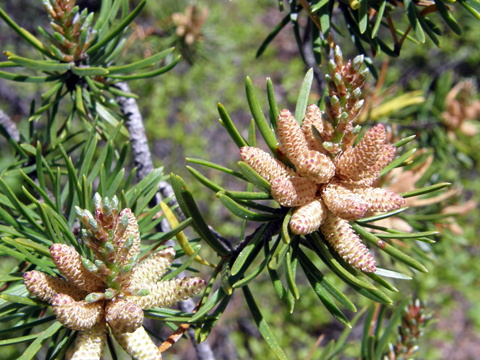
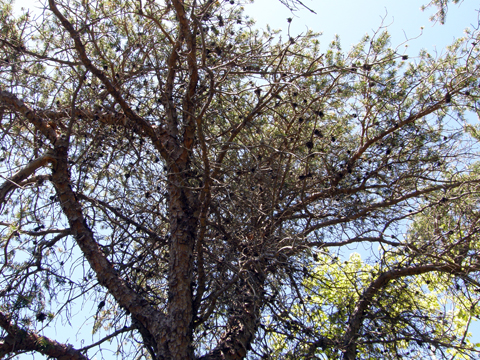
Another and longer trail circles the Frog Pond. The Frog Pond is not an actual pond but a small lake. It’s a great place to see ducks and frogs. At one end of the lake, where it meets the Purcell’s Cove Road, there is a great spot to feed the ducks. In the winter the Frog Pond is a popular place to skate.
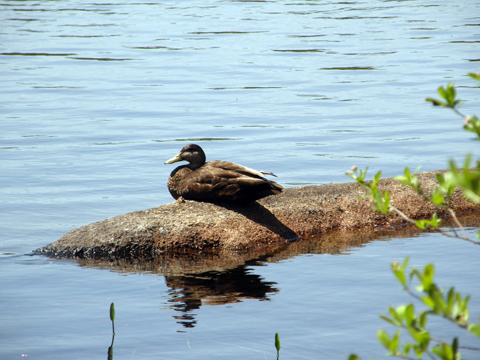
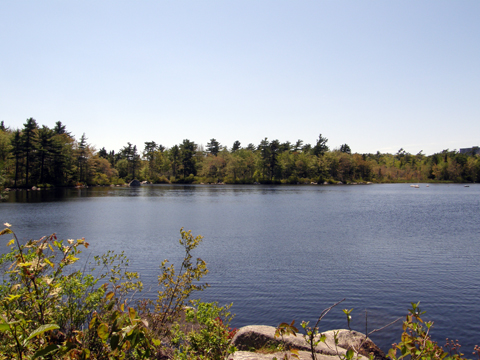
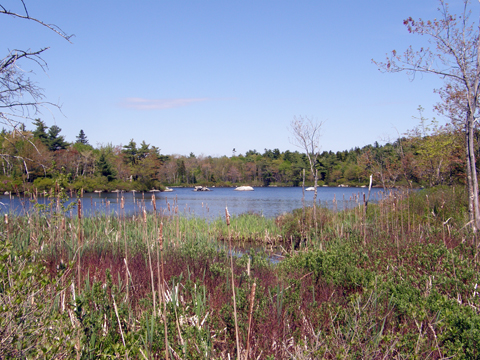
Here’s a couple photos of the trails:
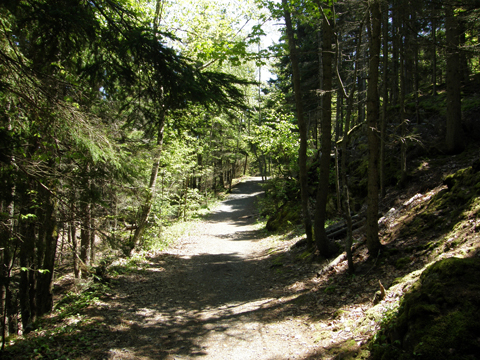
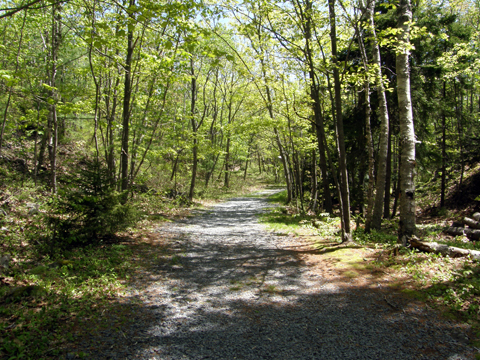
Along the trails we found an abundance of beautiful Lady Slippers:
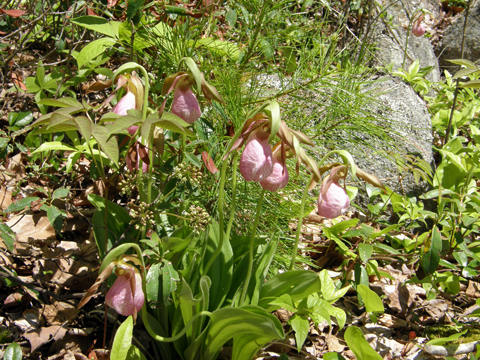
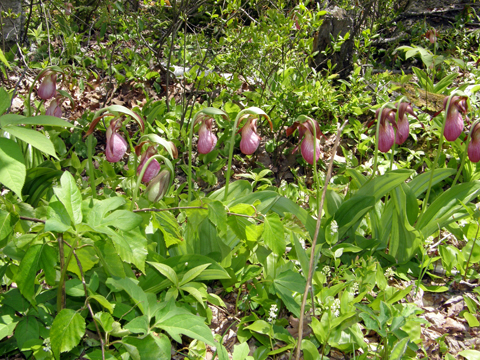
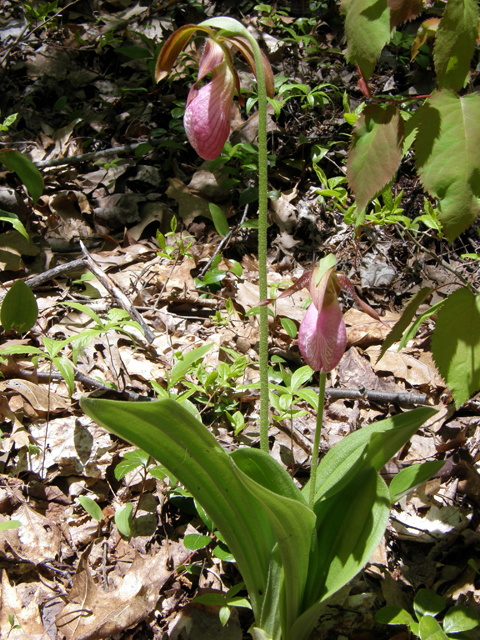
The crown jewel of the park, of course, is the Dingle Tower. The tower is a large, four-sided, slightly tapered structure constructed of local granite and ironstone. At the base there are two large bronze lions guarding the entrance. Inside there are sturdy metal stairs that circle the walls taking you to a viewing room at the top. This room, with open windows on all four sides, offers fantastic views of the park, the North West Arm and surrounding area.
Donations to build the tower were received from many parts of the British Empire and plaques commemorating these gifts as well as stone from the countries of the Empire were placed on the interior walls.
The tower was formally dedicated in an impressive ceremony in August of 1912 by then Governor General of Canada, Prince Arthur, the Duke of Connaught, third son of Queen Victoria. The ceremony was attended to by other members of the royal family and dignitaries from other parts of the Empire which emphasized the importance of this grand occasion.
The bronze lions at the base of the tower were designed by British sculptor, Albert Bruce-Joy, and added in 1913, as a donation from the Royal Colonial Institute of London. Not only do they make an impressive entrance but they are a popular photo spot too, especially with young children. In fact, it’s quite possible that having a photo taken on top of one of the lions is a rite of passage for many, to commemorate a successful ascent to the tower’s top. (It was nice to see that the old, hanging metal stairs had been replaced with a more substantial and less daunting set. 🙂 ) With almost a hundred years of visiting children (and adults too!) riding the lions their backs have been worn to a smooth, warm patina.
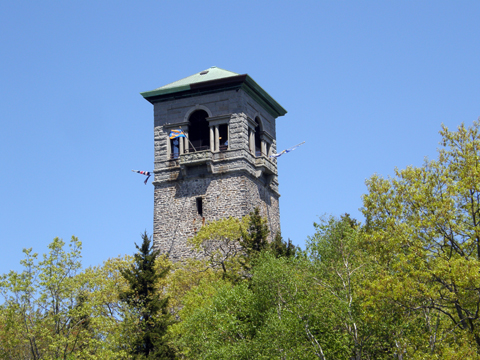
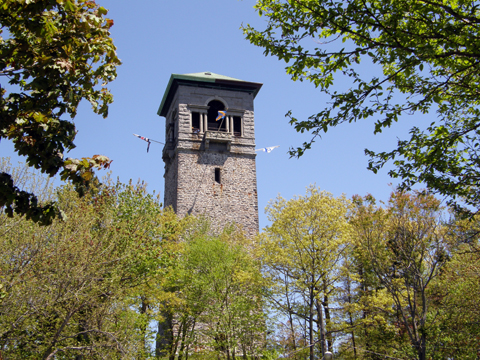
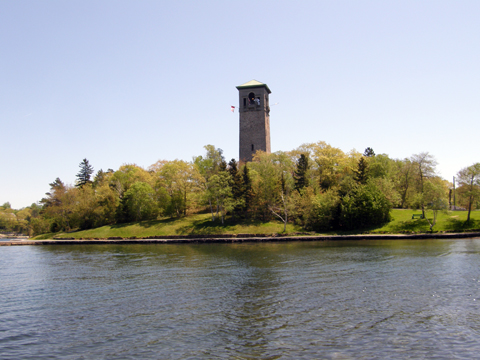
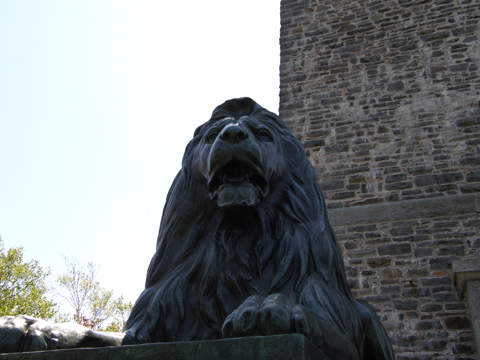
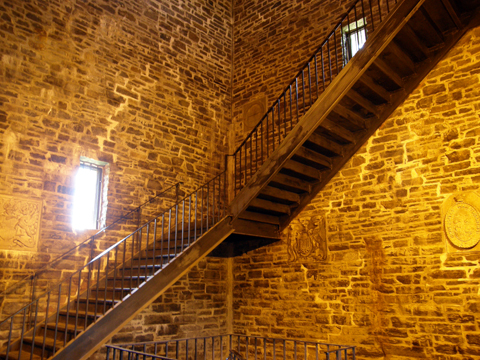
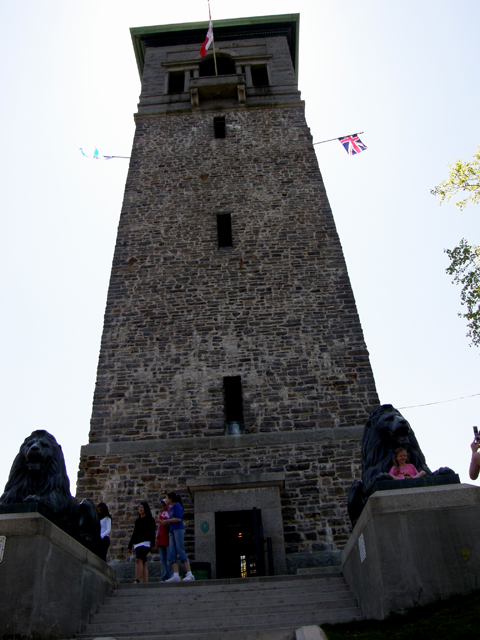
The park was donated by Sir Sandford Fleming to the people of Halifax, Nova Scotia in 1908 to commemorate the 150th anniversary of the establishment of representative government in Nova Scotia.
Sir Sandford Fleming lived in Halifax during the 1880’s. He was engineer-in-chief for the construction of the Intercolonial Railway between the Maritimes and Quebec, in charge of the initial survey for the Canadian Pacific Railway, the first Canadian railway to span the continent, a member of the Halifax Club, the Chancellor of Queen’s University and the director of the Hudson’s Bay Company. He designed Canada’s first postage stamp and became internationally famous for establishing Universal Standard Time, which was universally adopted in 1884. This earned him the title of “Father of Standard Time.”
He built a summer retreat, known as the Dingle on the western side of Halifax’s North West Arm. The park was part of his original estate. The house and stable still stand by the driveway to the park.
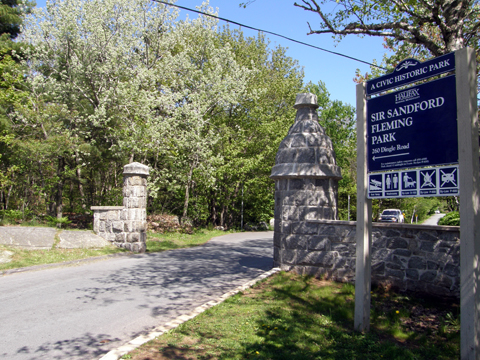
Because of it’s close proximity to the city Fleming Park is a very popular and busy spot, especially on summer weekends. It’s a great place to spend an afternoon and although there are not a lot of caches in the park it is still a great place to do some Geocaching and certainly worth the visit!
Click here to view the available caches at the park and area.
Keep on cachin’!
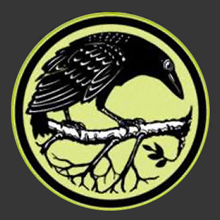
dan o'leary
Will look forward to visiting in July. More to follow